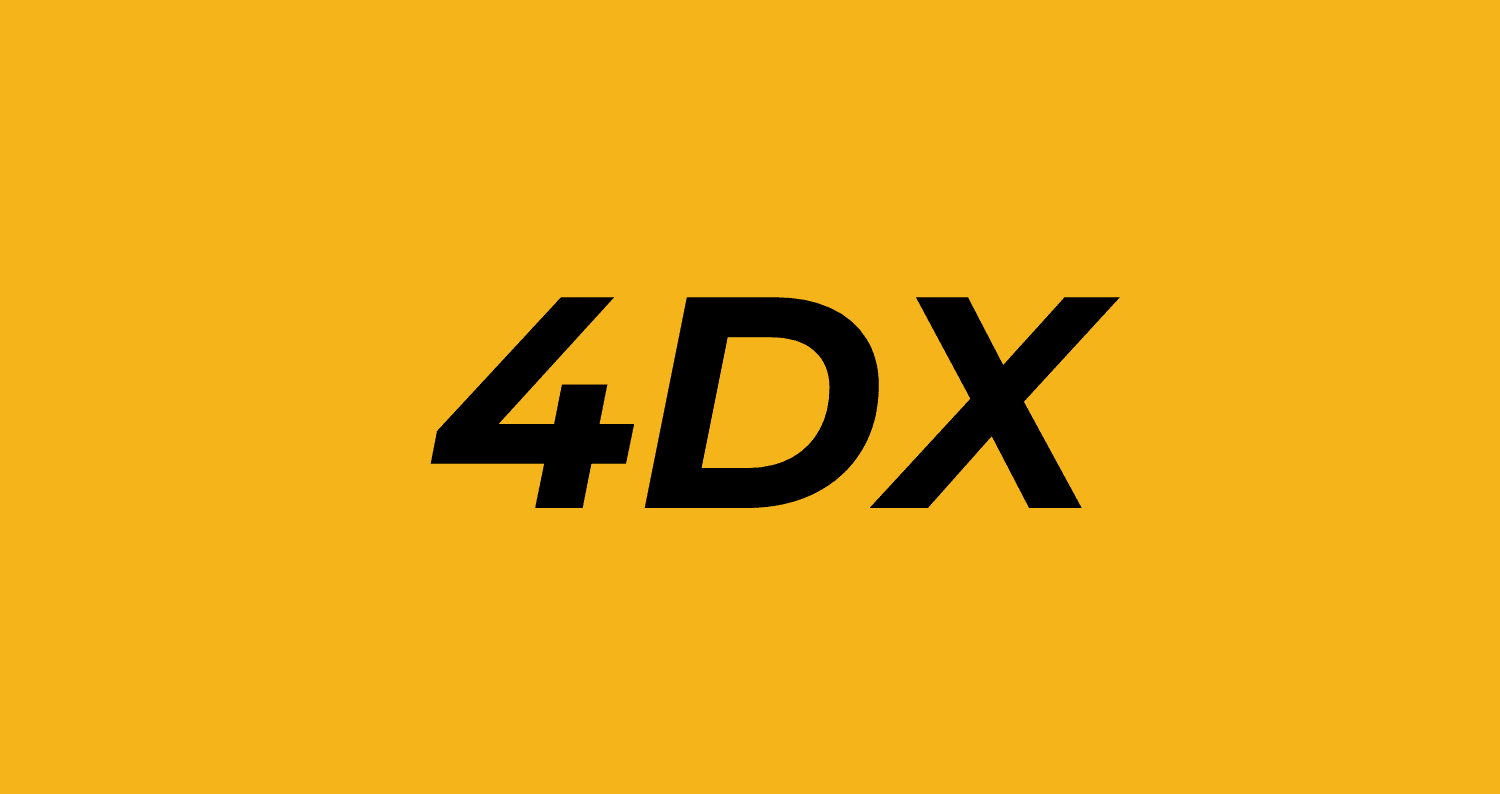
A Comprehensive Guide for Leaders.
Have you ever wondered why some teams consistently execute their strategic goals while others consistently fall short? The answer often lies not in strategy, but in execution.
The 4 Disciplines of Execution (4DX) is a proven operating system for implementing your most important strategic priorities in the midst of day-to-day whirlwind activities. Developed by FranklinCovey and popularised in the bestselling book by Chris McChesney, Sean Covey, and Jim Huling, this framework has helped thousands of organisations bridge the gap between strategy and results.
Let’s dive into what these four disciplines are, why they matter, and how you can implement them to transform your business results.
The Execution Gap: Why Most Strategies Fail
Before we explore the 4 Disciplines of Execution, it’s important to understand why execution is so challenging in the first place.
Research shows that only 30% of strategic initiatives achieve their intended outcomes. This “execution gap” exists for several reasons:
- Leaders are better trained in strategy than execution
- Day-to-day operations (the “whirlwind”) consume most available time and energy
- Teams lack clear, measurable lead and lag metrics
- Accountability systems are inconsistent or non-existent
- People don’t see a direct connection between their actions and strategic goals
The 4 Disciplines of Execution framework was specifically designed to overcome these challenges.
What Are the 4 Disciplines of Execution?
The 4 Disciplines of Execution consist of four sequential, interdependent practices that enable teams to execute their highest priorities amid the whirlwind of daily demands.
Discipline 1: Focus on the Wildly Important Goals (WIGs)
The Principle: “The more you try to do, the less you actually accomplish.”
The first discipline is about exceptional focus. Instead of trying to improve everything at once, the 4DX process teaches leaders to focus on the one or two goals that will make the biggest difference.
Key Components:
- Limit goals to 1-2 “Wildly Important Goals” (WIGs) at a time
- Define goals with a clear “from X to Y by when” format
- Ensure goals are measurable, specific, and time-bound
- Select goals with disproportionate impact on overall success
Example: Instead of “improve customer satisfaction,” a WIG would be “increase our Net Promoter Score from 32 to 50 by December 31st.”
Implementation Tip: When selecting your WIG, ask: “If every other area of our operation remained at its current level of performance, what is the one area where change would have the greatest impact?”
Discipline 2: Act on the Lead Measures
The Principle: “Lag measures tell you if you’ve achieved your goal, while lead measures tell you if you’re likely to achieve it.”
The second discipline focuses on the critical distinction between lag and lead measures:
- Lag Measures: The results you’re trying to achieve (revenue, profit, market share)
- Lead Measures: The high-impact activities that drive the lag measures
Key Components:
- Identify a small number of lead measures (typically 1-3)
- Ensure lead measures are both predictive of the lag measure and influenceable by the team
- Make lead measures specific and measurable
- Focus on behaviours rather than outcomes
Example: If your WIG is to increase sales by 20%, your lead measures might include:
- Increase qualified sales conversations from 10 to 25 per week
- Improve proposal conversion rate from 25% to 40%
Implementation Tip: The best lead measures are often counter-intuitive and not what other teams are focusing on. They should feel like a hypothesis worth testing.
Discipline 3: Keep a Compelling Scoreboard
The Principle: “People play differently when they’re keeping score.”
The third discipline recognises that engagement comes from knowing the score. When people can see whether they’re winning or losing in real time, the game changes.
Key Components:
- Create a simple, visible scoreboard that shows both lead and lag measures
- Update the scoreboard frequently (at least weekly)
- Ensure the scoreboard is designed primarily for the team, not leadership
- Make it simple enough that anyone can determine if you’re winning or losing at a glance
Example: A sales team might have a scoreboard showing:
- WIG (Lag Measure): Monthly sales revenue with target line and actual results
- Lead Measure 1: Number of qualified prospects contacted this week
- Lead Measure 2: Conversion rate from presentation to proposal
Implementation Tip: The best scoreboards are designed by the team who will use them. They should be analog (physically visible) whenever possible, not buried in a digital dashboard that requires logging in.
Discipline 4: Create a Cadence of Accountability
The Principle: “Without accountability, the other three disciplines deteriorate.”
The fourth discipline creates a regular rhythm of accountability that keeps the team focused on moving the scoreboard in the right direction.
Key Components:
- Hold weekly WIG sessions (no longer than 30 minutes)
- Report on last week’s commitments
- Review the scoreboard (are we winning or losing?)
- Make commitments for moving the lead measures in the coming week
- Clear roadblocks and provide support
Example: In a weekly WIG session, each team member reports:
- “I committed to make 25 outbound calls to qualified prospects last week, and I made 22.”
- “This week, I commit to making 25 calls and to update our proposal template to address the objections we heard last week.”
Implementation Tip: The magic of this discipline is in the peer-to-peer accountability. Each person’s commitments should be specific, measurable, and directly connected to moving the lead measures.
Why the 4 Disciplines of Execution Works When Other Methods Fail
The 4DX system has several advantages over traditional execution approaches:
1. It Acknowledges the Whirlwind
Unlike many execution frameworks that pretend the day-to-day demands don’t exist, 4DX explicitly acknowledges the “whirlwind” of urgent activities that consume most of people’s time and energy. It doesn’t try to eliminate the whirlwind—it helps you execute your strategic priorities despite it.
2. It Focuses on the Vital Few
By limiting your focus to one or two wildly important goals, 4DX prevents the dilution of effort that kills most strategic initiatives. When everything is important, nothing is important.
3. It Emphasises Leading Indicators
Most execution failures stem from focusing exclusively on lag measures (results). By identifying and tracking lead measures, 4DX gives teams real-time feedback on whether they’re likely to achieve their goals, allowing for course correction.
4. It Creates Engagement Through Visibility
The compelling scoreboard transforms execution from an abstract concept to a winnable game, dramatically increasing engagement. People innately want to win, and the scoreboard tells them if they’re winning or losing.
5. It Establishes a Consistent Rhythm
The weekly cadence of accountability creates the consistent follow-through that’s missing in most execution efforts. This rhythm of commitment, execution, and accountability becomes a habit over time.
Common Pitfalls When Implementing the 4 Disciplines
Despite its effectiveness, many organisations struggle with implementing 4DX. Here are the most common pitfalls:
1. Too Many WIGs
The most common mistake is trying to focus on too many “wildly important goals” at once. Remember, the more you try to focus on, the less you’ll accomplish.
2. Choosing the Wrong Lead Measures
Effective lead measures must be both predictive (they will lead to the goal) and influenceable (the team can impact them directly). Many organisations choose lead measures that fail one or both of these tests.
3. Overcomplicated Scoreboards
Scoreboards that are too complex or require explanation defeat their purpose. If it takes more than 5 seconds to determine if you’re winning or losing, your scoreboard is too complicated.
4. Inconsistent WIG Sessions
The power of Discipline 4 comes from its consistency. When WIG sessions become sporadic or get canceled for “more important” matters, the entire system breaks down.
5. Leadership Disengagement
When leaders don’t model the disciplines themselves, teams quickly recognise that the 4DX process isn’t really a priority.
Implementing the 4 Disciplines in Your Organisation
Successfully implementing the 4 Disciplines of Execution requires a methodical approach:
Step 1: Clarity Before Accountability
Start by getting absolutely clear on your wildly important goals. Don’t move to the other disciplines until you have crystal clarity on your WIGs.
Step 2: Install One Discipline at a Time
Don’t try to implement all four disciplines simultaneously. Install them sequentially, ensuring each is working effectively before moving to the next.
Step 3: Start with a Pilot Team
Begin with a single team to work out implementation issues before rolling 4DX out more broadly. Choose a team with a leader who is both influential and open to the process.
Step 4: Expect a Learning Curve
Even in the best implementations, there’s a J-curve effect where performance initially dips as people learn the system before improving dramatically.
Step 5: Connect to Execution Coaching
For organisations seeking to accelerate implementation and ensure sustained results, execution coaching can provide the external accountability and expertise needed to overcome implementation hurdles. This specialised form of business coaching focuses exclusively on implementing strategic priorities through disciplined execution systems.
Real-World Examples of the 4 Disciplines in Action
Healthcare Organisation
A hospital system implemented 4DX to reduce patient wait times in their emergency department:
- WIG: Reduce average emergency room wait time from 55 minutes to 20 minutes by December 31
- Lead Measures:
- Implement bedside registration process for 90% of incoming patients
- Complete discharge paperwork within 30 minutes of discharge decision
- Scoreboard: Visible dashboard showing daily average wait times and percentage compliance with lead measures
- Accountability: Daily 15-minute huddles with all ER staff
Result: Wait times decreased to 22 minutes, patient satisfaction scores increased by 25%, and staff turnover reduced by 30%.
Manufacturing Company
A manufacturing plant used 4DX to improve on-time delivery:
- WIG: Increase on-time delivery rate from 82% to 98% by end of Q2
- Lead Measures:
- Complete quality checks on all components within 2 hours of receipt
- Perform preventive maintenance on critical equipment weekly
- Scoreboard: Large display on factory floor showing daily on-time percentage and compliance with lead measures
- Accountability: Weekly 20-minute stand-up meetings with all team leads
Result: On-time delivery reached 99%, allowing the company to win a major new contract that required reliable delivery performance.
Measuring the Impact of the 4 Disciplines of Execution
Organisations that successfully implement 4DX typically see results in three phases:
Phase 1: Behavioural Change (1-2 months)
- Increased focus on wildly important goals
- More time spent on high-impact activities
- Greater clarity on what matters most
Phase 2: Leading Indicator Improvement (2-3 months)
- Significant improvement in lead measures
- Increased team engagement
- Better cross-functional collaboration
Phase 3: Results (3-4 months)
- Achievement of wildly important goals
- Sustainable culture of execution
- Application of 4DX to new strategic priorities
Frequently Asked Questions About the 4 Disciplines of Execution
Can 4DX work for individual contributors, not just teams?
Yes, the principles of 4DX can be applied at the individual level. The key is to maintain the discipline of weekly accountability, even if it’s just with yourself. However, research shows that accountability to others dramatically increases follow-through, so finding an accountability partner or coach is recommended.
How many WIGs should one person or team focus on?
For teams, the rule of thumb is 1-2 WIGs maximum. For individuals, one WIG at a time is best. Remember, these are your wildly important goals—not everything that matters.
How does 4DX relate to other execution methodologies like OKRs?
4DX is compatible with OKRs (Objectives and Key Results) and other goal-setting frameworks. The key difference is that 4DX provides a complete execution operating system, not just a goal-setting approach. It addresses the behavioural changes needed to achieve goals, not just how to articulate them.
Does 4DX replace or complement strategic planning?
4DX complements strategic planning. Strategy defines what you want to achieve; 4DX provides the operating system to ensure you achieve it. The best organisations use both—clear strategy combined with disciplined execution.
How long does it take to implement 4DX?
Installing the basic 4DX operating system typically takes 2-3 months. Mastering it and making it part of your organisational culture can take 9-12 months. For faster implementation, many organisations use execution coaching to accelerate adoption and overcome resistance.
The Fifth Discipline: Execution Coaching
While the 4 Disciplines of Execution provide a powerful framework, many organisations find that adding a “fifth discipline”—execution coaching—dramatically accelerates results. Execution coaching provides:
- External accountability that prevents the natural drift back to old habits
- Implementation expertise to navigate common pitfalls
- Objective perspective to identify blind spots in your execution system
- Tailored adjustments to the framework for your specific organisation
To learn more about how execution coaching can help your organization implement the 4 Disciplines of Execution, read our comprehensive guide on Execution Coaching: The Missing Link to Achieve Your Most Important Business Goals.
Execution Is the Strategy
The ability to execute with consistency has become a strategic advantage in itself. As Ram Charan noted in his book Execution: “Strategies most often fail because they aren’t executed well.”
The 4 Disciplines of Execution provide a proven framework for closing the execution gap. By focusing on the wildly important, acting on lead measures, keeping a compelling scoreboard, and creating a cadence of accountability, organisations can achieve breakthrough results even amidst the whirlwind of competing priorities.
Remember: The gap between knowing and doing is significantly wider than the gap between ignorance and knowledge. Most organisations don’t fail because of a lack of knowledge about what to do—they fail because they can’t consistently do what they know they should.
Ready to implement the 4 Disciplines of Execution in your organisation? Contact me for a free Execution Assessment to identify your key execution gaps and develop a tailored implementation plan.
continue reading
More Playbooks...
Discover what is the ladder of accountability and how to use it as a powerful framework for developing your team.
Discover 7 common accountability scenarios that undermine team performance and learn practical conversation frameworks to address each one.
Discover how an accountability coaching program transforms team performance without adding pressure, time, or headcount.




